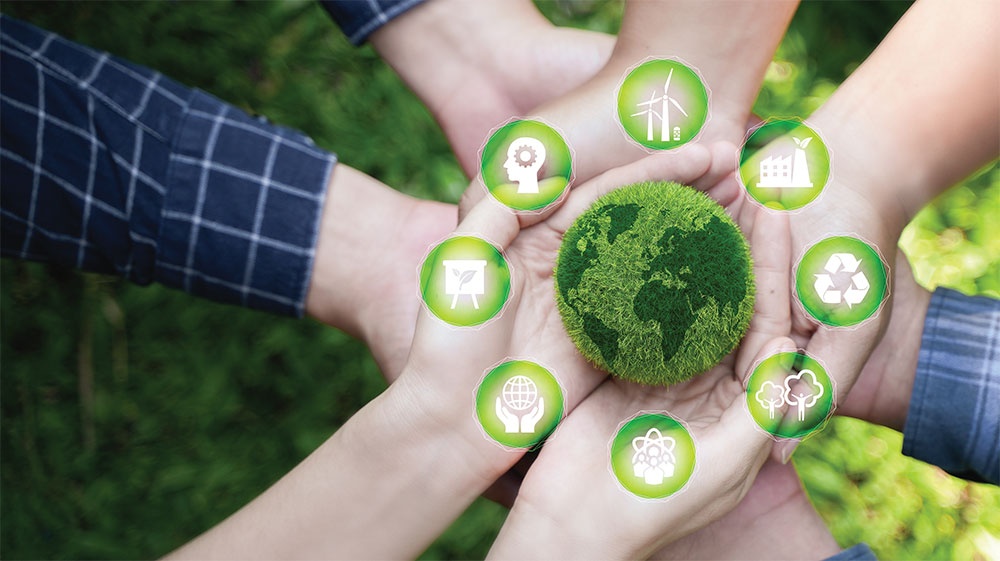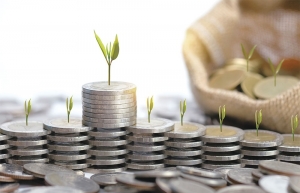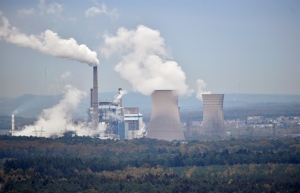Vietnam and Japan cooperate for a net-zero carbon future
Hau Giang Biomass Energy, a joint venture of Erex Co., Ltd., from Japan, Power Engineering Consulting 2, and Son My Renewable Energy, is accelerating the construction of a biomass power plant in the Mekong Delta province of Hau Giang after a groundbreaking ceremony held in December.
 |
| Vietnam and Japan cooperate for a net-zero carbon future, illustration photo/ Shutterstock |
The project is financed through a joint credit mechanism of the Japanese government and is expected to be put into commercial operation by the end of 2024 with an annual generation of about 125 GWh.
Like its Japan-based factories, the plant will employ steam condensing turbine technology using biomass materials, mainly rice husks, which are carbon-neutral and environmentally friendly.
Emphasising the role of large-scale ventures in helping Vietnam to reach carbon neutrality by 2050, Kazuo Kusakabe, chief representative of Toshiba Asia-Pacific in Hanoi, said that climate change is a challenge for the entire world, and to achieve the goal of being carbon-neutral by 2050, Vietnam may need an investment of up to $600 billion.
“This is a huge amount of capital that the Vietnamese government and financial institutions cannot provide alone. To move towards a green economy and respond to climate change, the government needs to step up in approving large projects that support green growth activities,” Kusakabe said at a Vietnam-Japan research forum held by the Central Institute of Economic Management (CIEM) in Hanoi on February 15.
At the forum, experts from the CIEM said that the room for cooperation on green growth between the two countries remains large, particularly in electrical equipment, wooden architecture, wind and solar power, biomass power, organic aquaculture, and farming.
Experts from CIEM also suggested the two countries’ cooperation focuses on improving institutional capacity, regulations, and policies related to green growth and developing sustainable infrastructure in Vietnam. In addition, they need to promote low-carbon and-emission value chains and foster the development of international treaties, rules, and standards related to green growth.
In the past, the two nations’ governments and related agencies have implemented action plans to support Vietnam to reach its low carbon goals. At a meeting with Prime Minister Pham Minh Chinh in early 2022, Japanese Ambassador to Vietnam Yamada Takio said that Japan would boost all-around comprehensive cooperation from policy and technology to financial issues with Vietnam.
In November 2021, Minister of Natural Resources and Environment Tran Hong Ha and Japanese Minister of the Environment Yamaguchi Tsuyoshi signed an MoU on the joint credit mechanism. Under the deal, the Japanese party will assist Vietnam’s purchase of equipment with advanced Japanese tech, thus contributing to the net carbon economy.
Currently, there are over 40 projects in Vietnam approved through the mechanism. The building of a waste-to-energy plant in the northern province of Bac Ninh, implemented by T&J Green Energy, is one such example. Besides this, the Japan International Cooperation Agency and the Japan Science and Technology Agency will implement a scheme on sci-tech for natural rubber, in cooperation with the Hanoi University of Science and Technology and the Nagaoka University of Technology in Japan.
The initiative will run until 2027 and will focus on development of advanced tech to establish large-scale production for protein-free natural rubber in Vietnam. New technologies for biodegradation of rubber products, low greenhouse gases, and rubber production wastewater systems will also be developed.
Head of the CIEM’s General Research Department Nguyen Anh Duong said that many large power sources, including from Japan, were available to help Vietnam realise its net-zero targets. “However, to unlock these capital sources, the government needs to issue specific criteria for green projects, and establish specific criteria that determines what qualifies as a green business and green project,” Duong said.
 | Green finance and technology solutions for net-zero emissions As climate change has become a serious international issue, many countries have taken action to reduce greenhouse gas emissions and achieve net-zero emissions by 2050. In Vietnam, the government has made a tremendous effort to combat climate change by ratifying the Paris Climate Agreement in 2016, pursuing the National Green Growth Strategy for 2021-2030, and implementing the Law on Environmental Protection which came into effect at the beginning of 2022. |
 | Billion-dollar challenge begins to establish a greener Vietnam To follow suit with its previous net-zero carbon commitments and accelerate the energy transition towards green and sustainable sources, Vietnam is now making long-term planning to use public and private finance for the energy transition. |
 | Financing's role in reaching net-zero emission Reducing emissions becomes the priority mission for all countries in the world and the lodestar for investment trends |
What the stars mean:
★ Poor ★ ★ Promising ★★★ Good ★★★★ Very good ★★★★★ Exceptional
Related Contents
Latest News
More News
- Heavy industries set for pilot greenhouse gas quotas (December 25, 2025 | 10:00)
- Swedfund invests in MSME growth and climate action in Vietnam (December 19, 2025 | 11:42)
- GreenYellow brings solar energy to light up remote schools in Tuyen Quang province (December 19, 2025 | 08:00)
- Charge+, Grab partner to develop EV charging network in Vietnam (December 18, 2025 | 17:11)
- Linking sci-tech and innovation to Vietnam’s net-zero future (December 18, 2025 | 14:31)
- Driving double-digit growth through green and circular transformation in Vietnam (December 17, 2025 | 09:00)
- Standard Chartered and ACCA deepen collaboration to develop Vietnam’s talent for a sustainable future (December 15, 2025 | 18:18)
- Schaeffler reports strong early output from Dong Nai solar project (December 12, 2025 | 15:16)
- Forestry conference highlights biodiversity and sustainability goals (December 09, 2025 | 13:35)
- Home Credit honoured among top 10 sustainable companies in trade and services (December 09, 2025 | 12:18)

 Tag:
Tag:



















 Mobile Version
Mobile Version